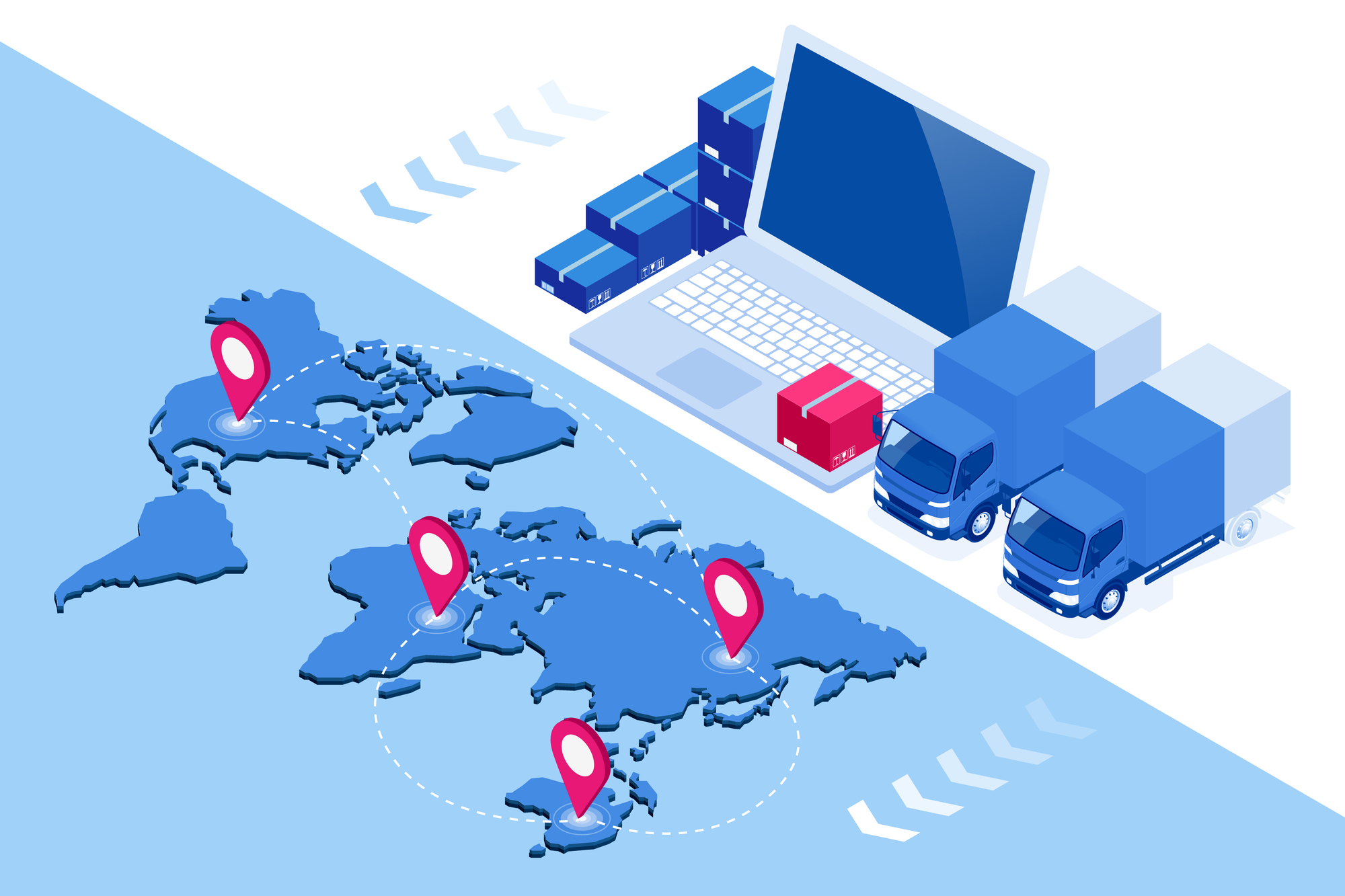Posted by John Delligatti on Thu, 02/27/2020
Procurement automation is rapidly becoming a fundamental strategy for procurement organizations looking to add value and clearly differentiate from their competitors. Robotic Process Automation and procurement automation software essentially reduces the non-value-added time that employees spend on tactical execution, allowing them to focus on strategic improvements. In Maintenance, Repair and Operations (MRO) supply chains, the procurement organization provides deep category expertise, market insight, and integrated processes that enable them to get more spend under management, identify more areas for efficiency improvements, and drive compliance to sourcing strategies. And while the procurement function has always played a key role in extracting value, procurement automation will enable the function to assume a more strategic role in creating sustainable value and a real competitive advantage.
MRO is such a nuanced industry that market intelligence and corporate strategy cannot be disregarded. While there are many supply chain tasks that should certainly be left to a trained workers discerning knowledge, there is also much opportunity for procurement automation to provide synergies across the procure-to-pay process, accelerating ideas and cultivating further innovation.
1. Predictive sourcing
Organizations who make procurement automation a priority as part of an overall digital transformation strategy are able to leverage technologies like AI and RPA to manage spend in real time, predict demand, and predict sources of future supply in addition to being able to run sourcing events faster. According to The Hackett Group’s 2019 report on Smart Automation, digital technologies can improve productivity for procurement organizations by 33% while improving agility and overall effectiveness. It’s critical to note here that in order to fully leverage technology, the integrity of the item master data needs to be solid. Clean, quality data helps drive clarity, improve leverage, increase compliance and yield improved savings. Combined with procurement automation, this means sourcing can improve response times, better leverage the market, enable secondary market sourcing, and increase RFQ effectiveness.
2. Automated purchase-to-pay
Procurement automation can eliminate redundant, low-value–added tasks with e-invoicing software and request management integrated into the organization’s ERP. Digital technology plays an increasing role in sensing demand and automatically requisitioning materials, triggering payments and eliminating repetitive processing. This allows purchasing groups to play a more strategic and analytical role for the organization overall. Taking procurement from a tactical, fire-fighting mode to a more strategic role allows for more ideas and innovation. Procurement can bring more value by integrating into the organization and aligning with overall business objectives.
3. Proactive supplier management
Automating the supplier on-boarding and registration process eliminates errors in manual data entry, removes duplicate entries under various spellings, and provides for clean data to measure performance and risk. Additionally, procurement automation can help by automating supply management. This would produce a pipeline of suppliers, allow insight into where they are in contract negotiations, and provide status updates on projects.
SDI is leveraging automation to optimize the MRO supply chain
As specialists in industrial services and technology, SDI empowers companies to harness the game-changing potential of Industry 4.0 with our ZEUS Digital Supply Chain platform. In addition to powerful data analytics, frictionless eProcurement, and intelligent storeroom technology, we leverage procurement automation and robotic process automation to provide value-added efficiency improvements and enhance the overall customer experience.
To learn how the digital supply chain enables greater agility, speed, and transparency, contact us today.





